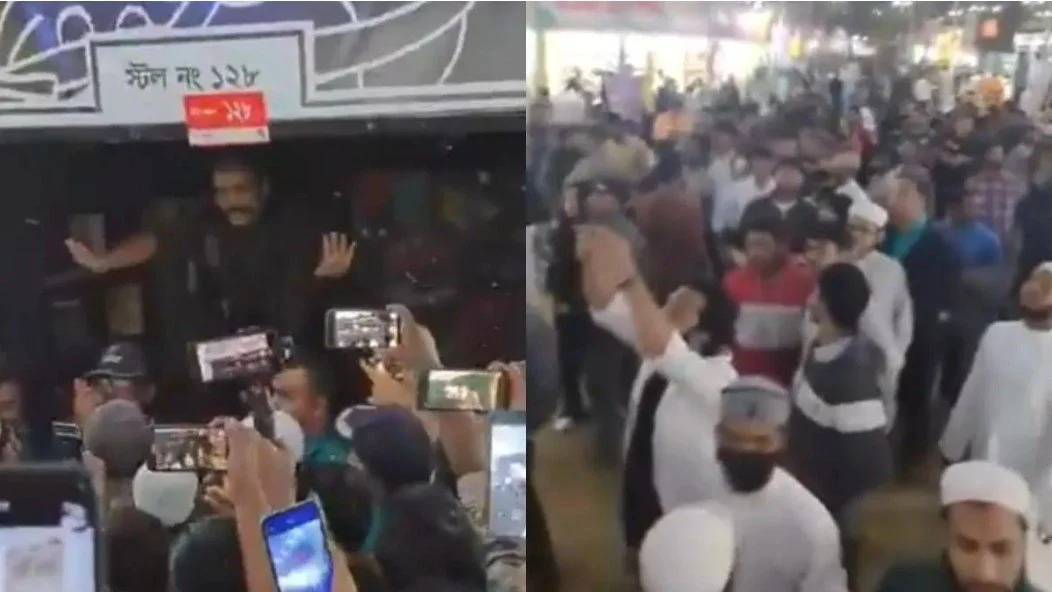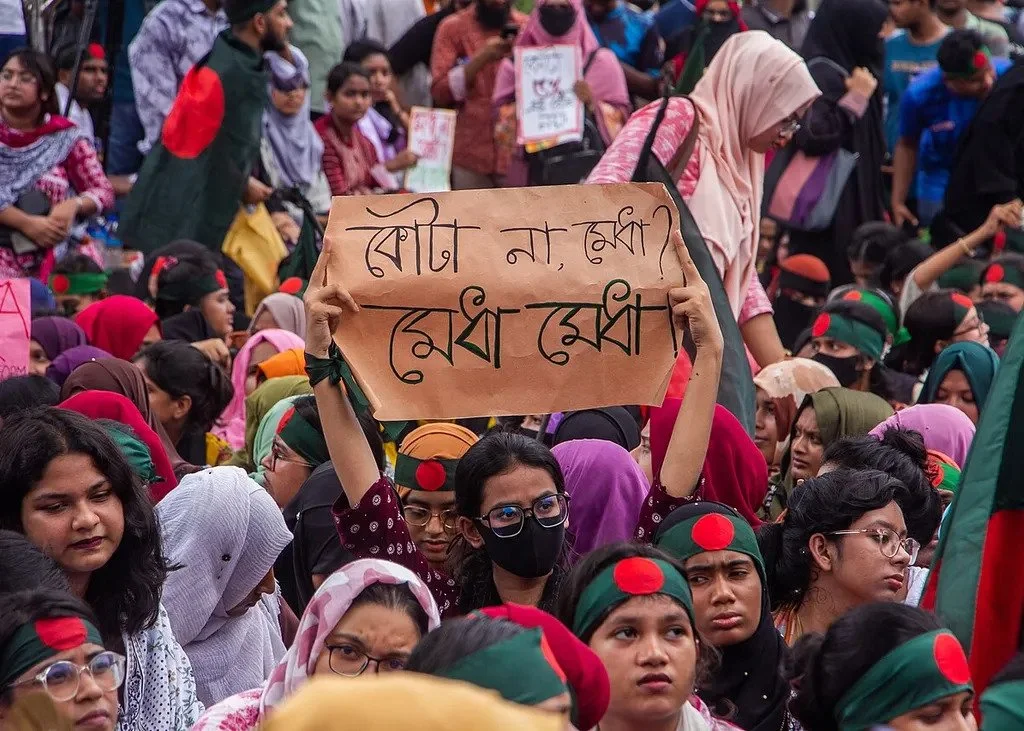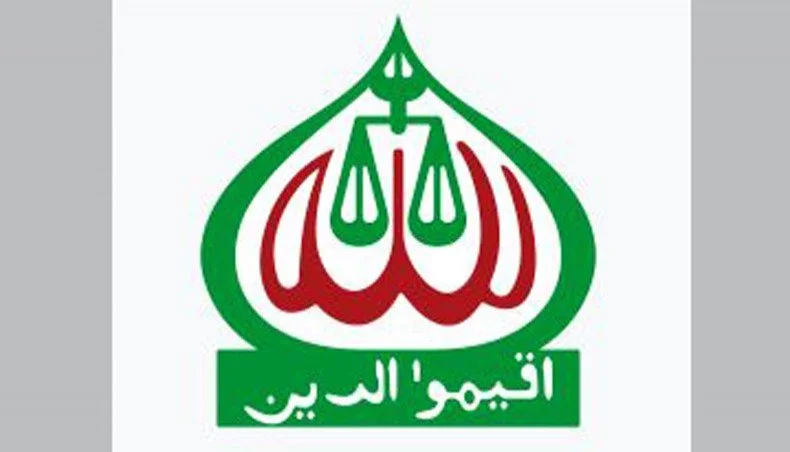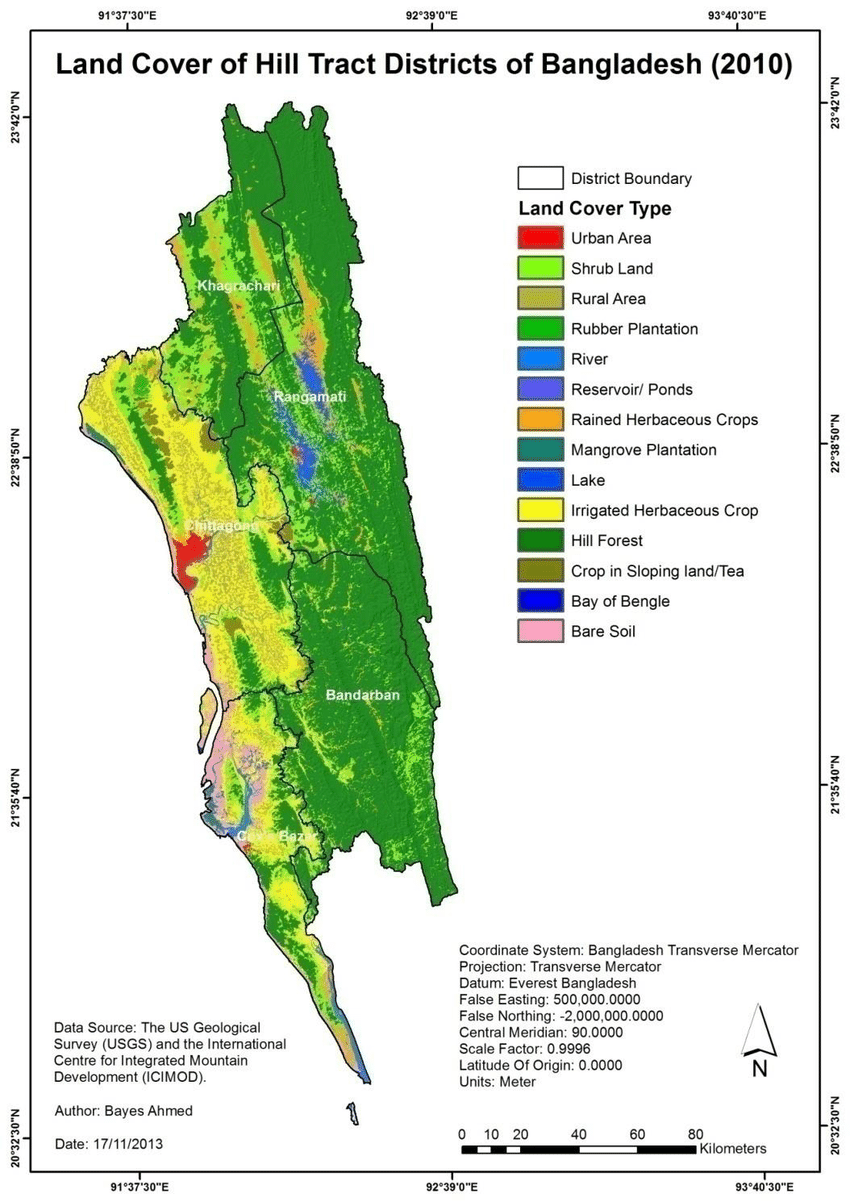Is Freedom of Expression Only a Majoritarian Weapon?
The interim government of Bangladesh had promised freedom of expression and protection of minorities since they took over six months ago. However, in the last six months, we have only seen populist mobs promoting their far-right extremist ideologies and preventing others from expressing opinions. The government has been gradually failing to provide public security, especially to protect the freedom of religions and freedom of expression of all people. Only in February did several alarming incidents take place at the annual book fair in Dhaka. All of them raise concern for everyone who does not want to align with such ideologies.
Photo courtesy of Rayhan9d CC BY-SA 4.0
Post Quota Movement Bangladesh: Fairness for Women and Minorities
Many refer to the months of recent events in Bangladesh as the “July Revolution.” Since the uprising the country continue to push into a state of social-economic chaos. But the stirrings were initially a protest movement against quotas guaranteeing government jobs to freedom fighters' children which morphed into more general demonstrations against political repression, social inequity and police brutality. But as the dust settles, the big question now is minority rights and development for women who appeared set to chart out their own course ultimately strengthened secular democracy or whether it will be rolled back by swelling masses of working class?
Jamaat-i-Islami’s Violent History and Human Rights Violations in Bangladesh
Jamaat-i-Islami, one of the most important Islamist political party in Bangladesh has a history of violating human rights during its power and has been trying to create an Islamic theocratic state throughout this period. First, by their direct involvement in the 1971 Liberation War and later using political maneuvering from Pakistan to infiltrate Bangladeshi politics, Jamaat targeted with impunity minorities (religious and ethnic), women, LGBTQ+ community members forcing them into submission to adhere to a conservative ideology under which often violence and repression occurred. This article begins to explore the party’s damage to womens’ rights, LGBTQ+ rights as well as its direction in the targeted killings of secular bloggers and activists.
Islamization and Nationalization in the Chittagong Hill Tracts, Bangladesh: A Complex Interplay of Politics, Religion, and Ethnicity
The Chittagong Hill Tracts (CHT) of Bangladesh, a hilly region characterized by remarkable ethnic diversity and cultural uniqueness, has long been a center of conflict involving issues of nationalization and Islamization. Since Bangladesh’s independence in 1971, government policies toward the CHT—characterized by heavy militarization and the resettlement of Bengali Muslim settlers—have led to significant changes in the region's demographic and cultural landscape. This article explores the intertwined processes of nationalization and Islamization in the CHT and their effects on the indigenous communities of the region.
Historical Background of Violence in the Chittagong Hill Tracts
The Chittagong Hill Tracts (CHT), located in southeastern Bangladesh, has been the site of long-standing ethnic and political conflict, primarily between the indigenous communities, particularly the Chakmas, and the Bengali settlers. The violence in the region stems from structural policies of land dispossession, cultural marginalization, and demographic shifts enforced first during the colonial era and continuing into the post-independence period of Bangladesh.

Silent No More: The Voices of Bangladesh’s Youth
Student protests and the government’s brutal response





